Advertisement
Artificial intelligence is altering machine perception of the environment. One intriguing kind is multimodal artificial intelligence. It allows machines to handle text, images, sound, and video collectively. While humans rely on several senses, multimodal artificial intelligence makes greater understanding using various data kinds. This results in quicker, smarter, more practical machines. You use it daily already.
Powerful technology is used in voice assistants, clever search engines, and chatbots. It clarifies for them what you intend and improves their responses. Apps made using multimodal artificial intelligence are becoming more personal and useful. In this guide, we clarify where it's utilized and how it works. You will see why it is important.
One clever sort of artificial intelligence is multimodal artificial intelligence. It can concurrently manage several types of input all at once. These inputs span text, photos, music, video, and even sensor data. It integrates all the several types rather than concentrating on only one. It lets machines totally and more precisely grasp events. Consider human performance. We combine our senses, vision, hearing, and other senses. We hear a sound and view a picture. Combining all that data helps us grasp what is happening.
Multimodal artificial intelligence seeks to accomplish the same for machines. It is not at all like single-modal artificial intelligence, which operates only with one data type. That might be artificial intelligence, either text-only or image-only. Multimodal artificial intelligence combines everything to provide wiser, more useful output. It gives artificial intelligence greater human-like, adaptable, and practical value.
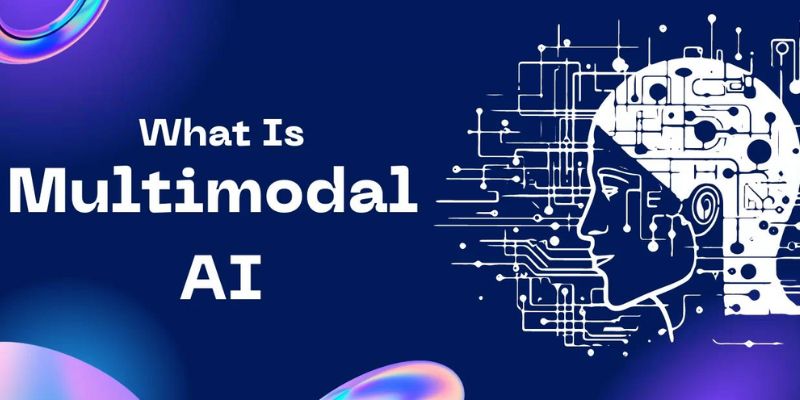
Deep learning and neural networks help multimodal artificial intelligence to link several kinds of data. It starts with gathering material from several sources. It can cover images, text, audio, and even video files. Every kind of data is then converted into patterns that are fit for machines. An image might turn into a list of integers. A sentence turns into, however, another type of number pattern. After that, the AI system connects these trends to grasp their significance.
This process lets artificial intelligence take several data sources into account and consider them embedding. The system may match and react better after the data is ingrained. It can readily choose the appropriate caption after seeing an image. Some artificial intelligence models are taught using enormous volumes of data from several sources. We call these basis models. From millions of images, movies, and texts, they pick knowledge. It allows them to do numerous difficult chores quickly and precisely.
Below are the key advantages of multimodal AI that highlight how it improves machine understanding, accuracy, and user interaction.

Important components of multimodal artificial intelligence systems are listed below:
Here are some challenges of multimodal AI that developers face while building accurate, fast, and secure intelligent systems:
Multimodal artificial intelligence is changing data processing and understanding in machines. Integrating text, graphics, music, and more helps produce more intelligent, precise responses. While speeding up machine learning, this technology improves user interfaces and real-world applications. However, there are difficulties, including data matching, big databases, and privacy issues. Multimodal artificial intelligence will be increasingly important as artificial intelligence develops, enabling machines to be more intelligent and flexible for human requirements.
Advertisement

What AI tools are making a real impact in 2025? Discover 10 AI products that simplify tasks, improve productivity, and change the way you work and create

Spending hours in VS Code? Explore six of the most useful ChatGPT-powered extensions that can help you debug, learn, write cleaner code, and save time—without breaking your flow.

What makes Google Maps so intuitive in 2025? Discover how AI features like crowd predictions and eco-friendly routing are making navigation smarter and more personalized.
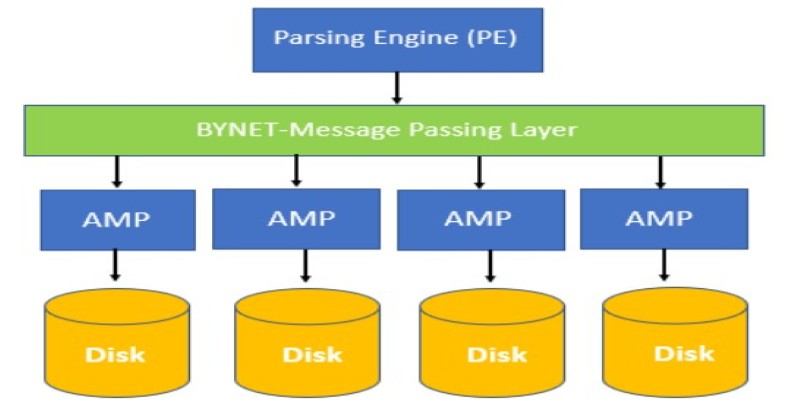
Find out the concepts of Teradata, including its architecture, key features, and real-world uses. Learn why Teradata remains a reliable choice for large-scale data management and analytics

Explore the top 12 free Python eBooks that can help you learn Python programming effectively in 2025. These books cover everything from beginner concepts to advanced techniques

Thinking of running an AI model on your own machine? Here are 9 pros and cons of using a local LLM, from privacy benefits to performance trade-offs and setup challenges
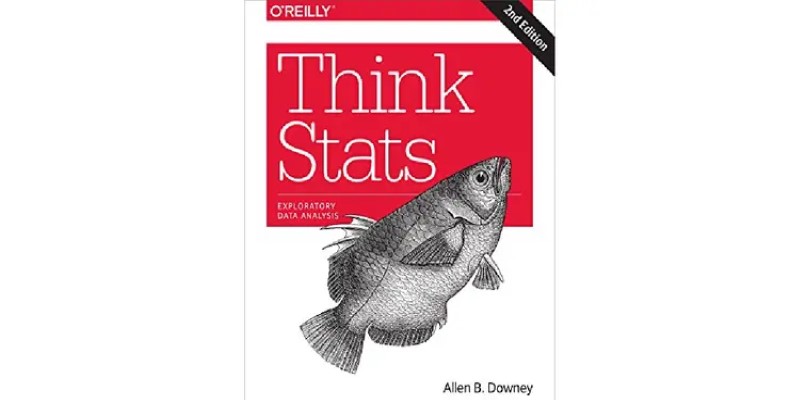
Want to master statistics for data science? Check out these 10 essential books that make learning stats both practical and approachable, from beginner to advanced levels

Struggling to keep track of your cooking steps? Discover how Gemini AI acts as your personal kitchen assistant, making cooking easier and more enjoyable in 2025

Using ChatGPT on a Mac? Learn how to make it feel like a native part of your workflow with tips for setup, shortcuts, and everyday tasks like writing, scripting, and organizing

Wondering who should be in charge of AI safety? From governments to tech companies, explore the debate on AI regulation and what a balanced approach could look like
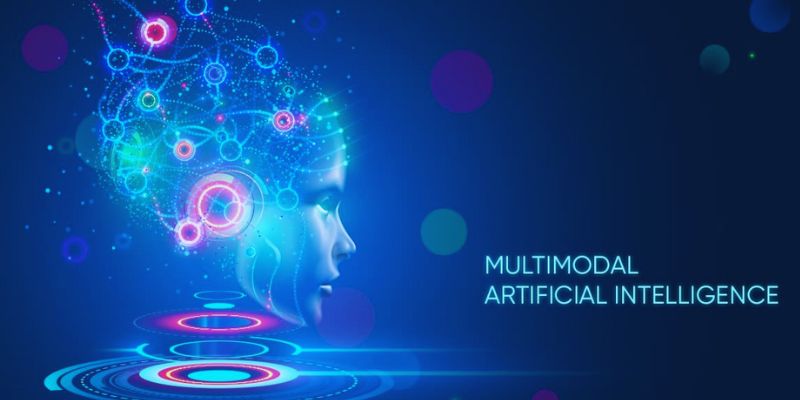
Multimodal artificial intelligence is transforming technology and allowing smarter machines to process sound, images, and text
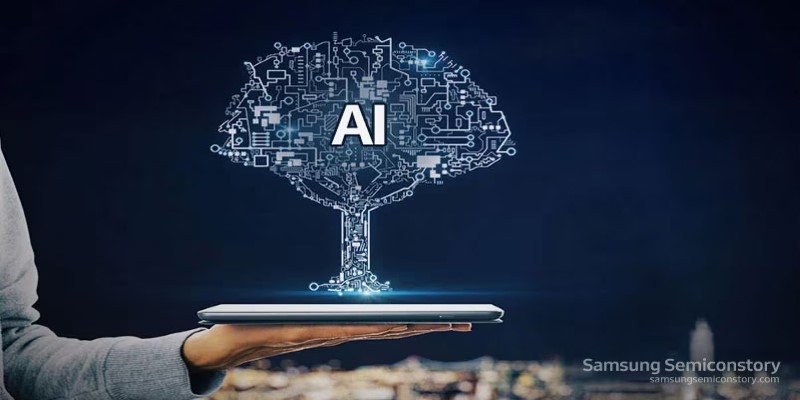
Heard about on-device AI but not sure what it means? Learn how this quiet shift is making your tech faster, smarter, and more private—without needing the cloud